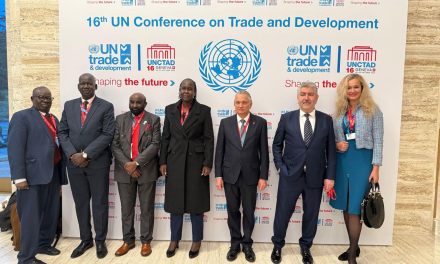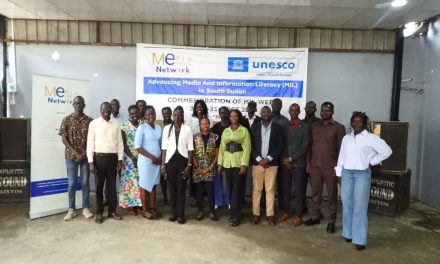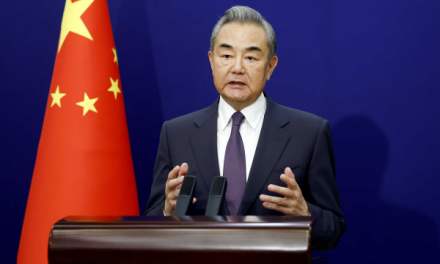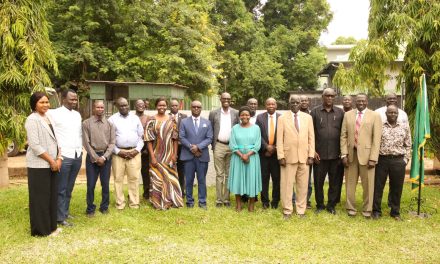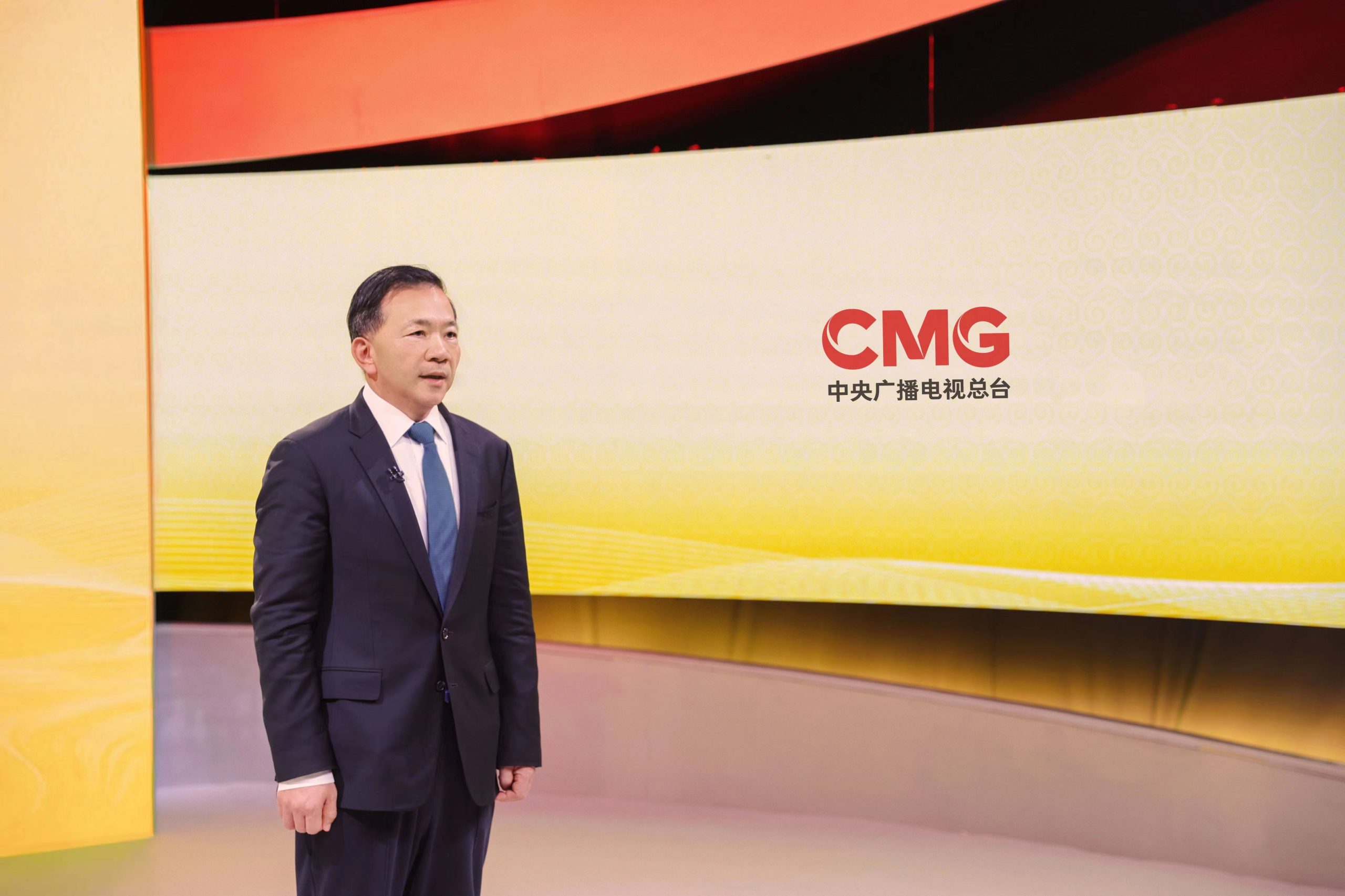
How BRI’s infrastructure connectivity boosts economic growth
By Naseem Khan Achakzai
As we stand in the 10th year of the Belt and Road Initiative
(BRI), we see a vision realized, a commitment fulfilled, and a
dream which became a reality. Inaugurated by China in 2013,
the BRI stands as a transformative force that has left an indelible
mark on the global stage.
As a key pillar of the global community of shared future, the
BRI has been promoting all-round connectivity in multiple
fields. Connectivity of infrastructure is one of the top priorities
of the initiative, according to the white paper “The Belt and
Road Initiative: A Key Pillar of the Global Community of
Shared Future” China issued this month.
Based on a framework comprising “six corridors, six routes, and
multiple countries and ports,” a multitiered and
multidimensional infrastructure network is taking shape, laying
foundations for deeper economic cooperation and bridging
developmental gaps among participating countries.
Roads, railways, ports, and energy projects have been
constructed or upgraded across Asia, Africa, Europe, and
1
beyond, closing infrastructure gaps between developed and
developing countries, and instilling vitalities into local
economies.
For example, the China-Pakistan Economic Corridor (CPEC)
has significantly upgraded Pakistan’s infrastructure, creating a
more efficient trade route to the Arabian Sea. Having brought
$25.4 billion investment, created 192,000 jobs, generated 6,000
megawatts of electricity, and built 510 kilometers of highways
in Pakistan, the CPEC has won warm applause from local
people. The CPEC presents “a historic opportunity for
Pakistan,” Nikkei Asia quoted Stella Hong Zhang, a China
public policy postdoctoral fellow at the Harvard Kennedy
School’s Ash Center, as saying.
Additionally, BRI investments in energy infrastructure such as
power plants and pipelines help address energy shortages in
participating countries, and thus eliminate barriers for their
development. For instance, the construction of natural gas
pipelines from Central Asia to China has bolstered energy
security and trade. In 2022, the pipeline network supplied 43.2
billion cubic meters of natural gas to China, providing gas for
more than 500 million residents, according to PipeChina’s West
Pipeline Company. This has effectively safeguarded natural gas
consumption in China and other participating countries.
1
Zigzagging across 1,833 kilometers from Uzbekistan and
Kazakhstan to northwest China, the gas pipeline features a high
degree of economic complementarity. While it has created over
1,600 jobs in oil and gas resource-producing countries, it has
also secured resource-consumption countries, including China, a
stable access to national gas.
Moreover, new logistics and trade hubs under the BRI
framework have streamlined the movement of goods, reduced
transportation costs and transit times, and thus boosted
economic efficiency in participating countries. The development
of ports, such as the Gwadar Port in Pakistan, has increased
trade opportunities for landlocked countries. Over the past
months, the cargo handling at Gwadar Port has consistently
increased, with more than 600,000 tons of cargo being handled,
according to Xinhua reports. This has not only reduced costs for
local manufacturers but also connects Pakistan with neighboring
countries.
The BRI has also supported the expansion of
telecommunications infrastructure, including fiber-optic
networks and satellite technology. Improved communication
links facilitate business transactions and connect remote regions
to the global economy. For instance, the BeiDou navigation
satellite system (BDS-3) provides comprehensive services for
the China-Europe Railway Express, and in maritime transport
1
and other fields. For participating countries, this means a new
opportunity for growth.
With its ambitious infrastructure projects spanning continents,
the BRI has not only reshaped the global development agenda
but also propelled China into a prominent position on the world
stage. As we delve into the multifaceted dimensions of the BRI’s
evolution over the past decade, it becomes evident that its
ramifications extend far beyond mere infrastructure
development, encompassing economic, political, and cultural
dimensions that continue to shape the global landscape.
Contrary to the traditional Western-led development model, the
BRI prioritizes pragmatic infrastructure and economic
development without imposing political conditions related to
governance, human rights, and environmental standards. It
emphasizes collaboration among all participating countries to
achieve common economic goals. This cooperative approach
promotes economic partnerships based on mutual interests, a
stark contrast to the donor-recipient dynamic seen in traditional
development aid.
The author Naseem Khan Achakzai is advisor to the Speaker of
the Balochistan Assembly and Executive Director of the
Grandview Institution in Pakistan.





